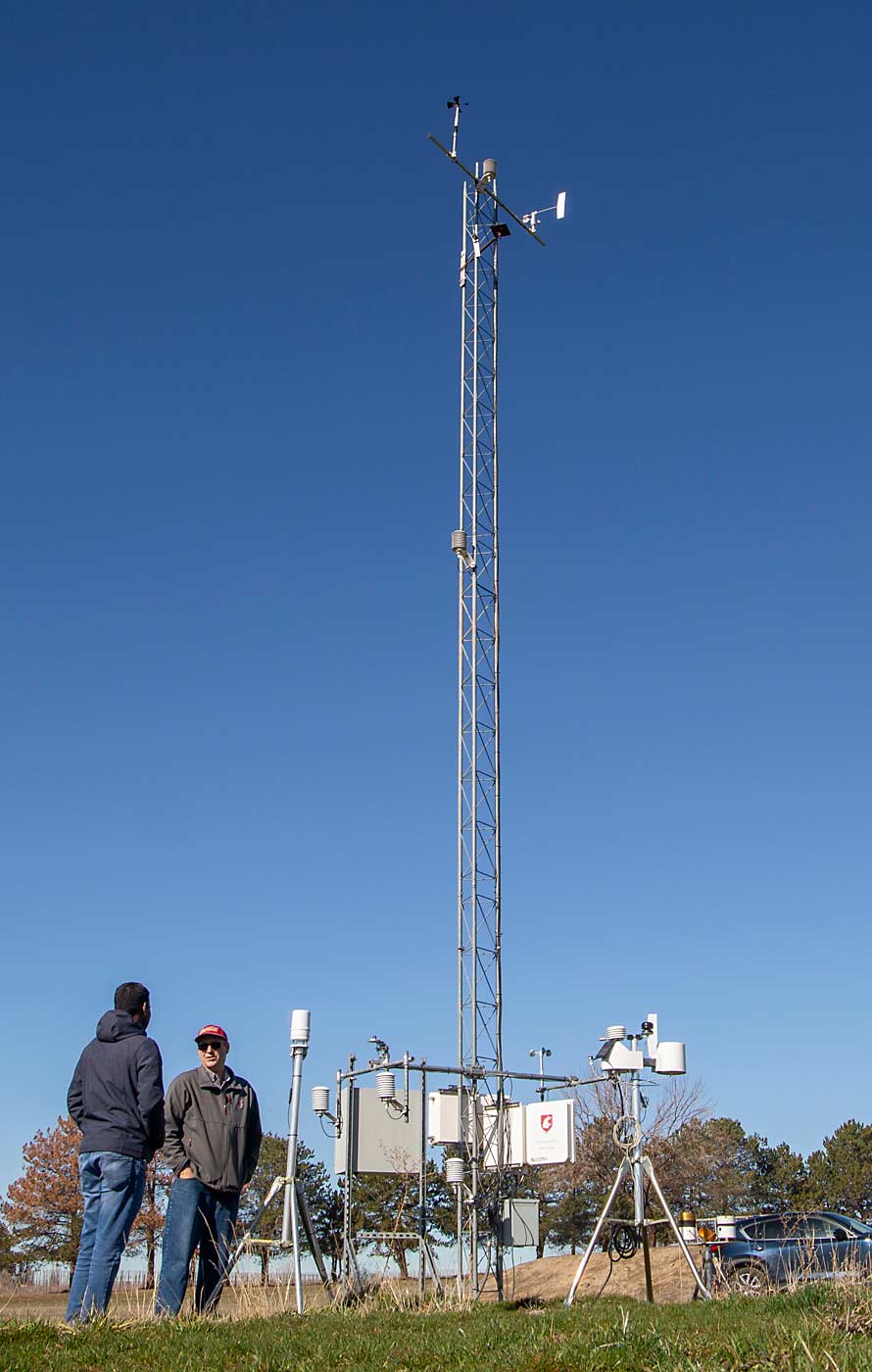
Editor’s note: To provide clarification, the caption for the first photo in this story was edited from the original print version.
So, you got yourself a weather station of your own.
With it, you can measure humidity, temperature and wind conditions in your own orchard, under your own canopy — not a point miles away in an empty field.
In Washington, you now have some decisions to make. Do you connect to Washington State University’s AgWeatherNet, so that the university’s decision support tools can be customized to your site? And if yes, do you allow your data to be shared publicly?
WSU’s agricultural weather service is renovating its equipment and allowing increasingly popular, privately owned weather equipment to play along. AgWeatherNet calls its own stations Tier 1 and Tier 2 and calls privately owned stations Tier 3.
Tier 1 stations are the tall towers on concrete slabs with expensive equipment and multiple sensors at different points. The smaller Tier 2 and Tier 3 stations use the same hardware; Tier 2 are owned by WSU and Tier 3 are owned by growers who choose to integrate their equipment into the AgWeatherNet system.
To qualify for integration, Tier 3 stations must have a full weather station measuring air temperature, relative humidity and more, a data logger recording every 15 minutes, an annual data plan and a continuous power supply. WSU recommends sensors for leaf wetness and soil moisture.
So far, AgWeatherNet accepts stations by two manufacturers — Davis Instruments of California and the Meter Group, a Pullman, Washington, company founded by a former soil science professor. University researchers are testing others to potentially add to the list, including the Hobo, made by Onset of Boston, and stations made by Austrian company Pessl Instruments.
One of the biggest draws for integration: the ability to plug into WSU’s Decision Aid System, a web-based platform that runs insect, disease, disorder and horticultural models and connects them to management recommendations. Starting this year, Decision Aid System will plug into AgWeatherNet data.
That really attracts the customers of Wilbur-Ellis, said Curtis Pusey, a soil moisture specialist in the service company’s Wenatchee office.
The company has been installing Meter Group equipment in private orchards, running data through Wilbur-Ellis’ proprietary platform, Probe Schedule. The next step would be incorporating DAS data into Probe Schedule.
Pusey has noticed the increase in demand for private stations.
“Guys just really want to have data from their own location,” he said.
He is still talking with growers opting for public data on AgWeatherNet. He understands the big-picture benefit of sharing, but he wonders how valid it would be for the next-door neighbor?
“It’s all very location-dependent,” he said.
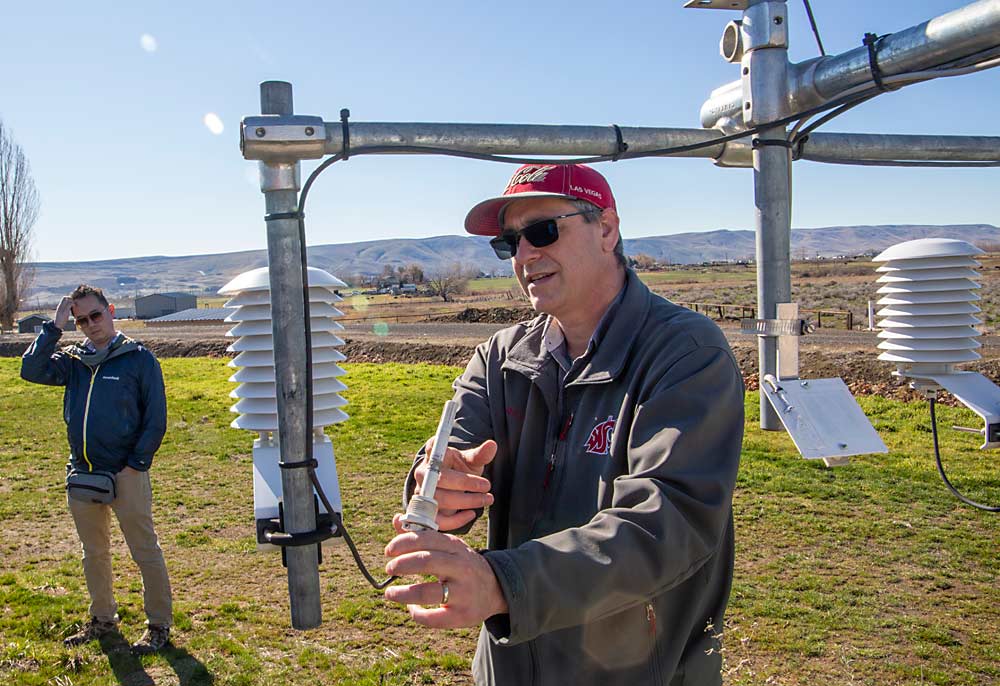
Allan Bros., a Yakima Valley, Washington, fruit production company, has been experimenting with stations as part of its overall march toward precision, said Jason Navarrete, a technical representative of the company. More data and more accessibility of data are generally good things, especially for a company like Allan Bros. that has the technical acumen to use it, he said.
This year’s cold April is a good example of why growers need more finely tuned, localized information.
“We need to know where our fruit is freezing,” he said.
Plenty of growers are installing their own weather stations through companies that offer their own data services to inform decisions. Semios is one of the biggest. The company, based in Vancouver, British Columbia, has placed 300,000 weather stations throughout the West Coast and in Europe and Australia.
The company already imports data from other parties, namely IBM’s weather forecasting system, to augment their customers’ information through artificial intelligence. The company is open to its customers also plugging into AgWeatherNet, CEO Michael Gilbert said.
“We’re pretty open to how customers can use data from their farms,” Gilbert said.
The connection would require some technical solutions, however. Semios places hardware from Davis Instruments, one of the manufacturers supported by AgWeatherNet, but uses its own data loggers.
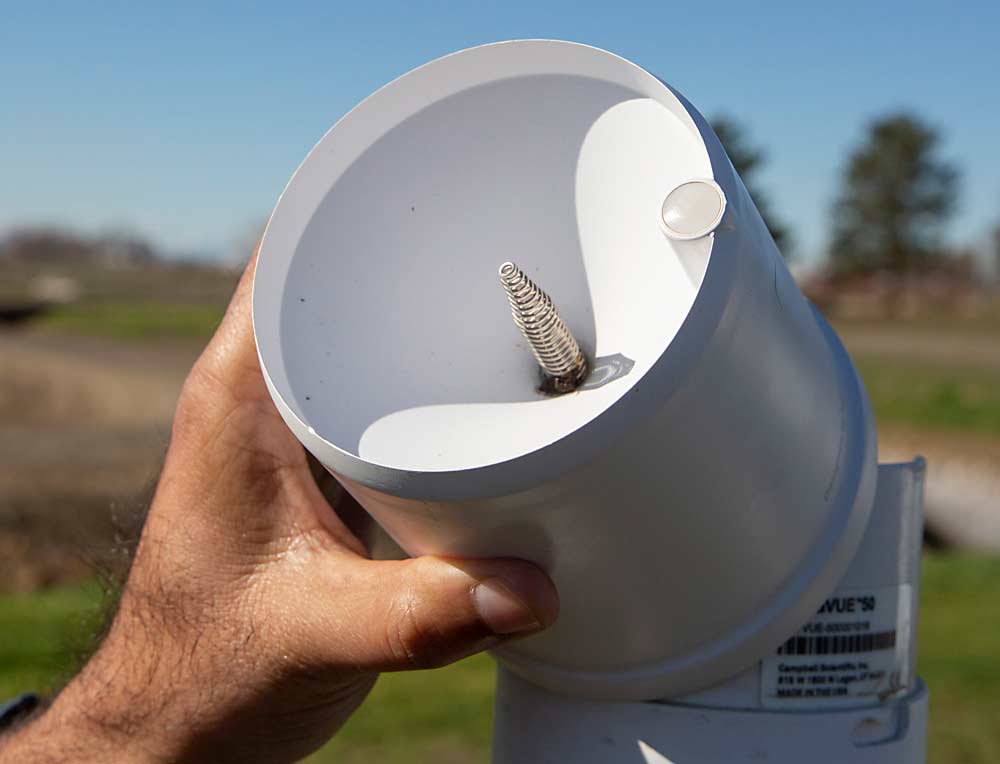
Some advice
Because interest in weather stations is so high, AgWeatherNet and WSU Extension organized a “Weather School” this spring to answer growers’ questions.
WSU weather scientists suggest placing private stations about eye-level within canopies — out of the way of tractors, four-wheelers and irrigation spray. Avoid power lines overhead; they can throw off digital sensors. For maintenance, use a wet cloth to wipe down stations at least twice a year, and make sure they are level. Some require northern orientation.
Another suggestion is to cross-check weather data from private stations that are integrated with WSU’s own stations. Private stations go down, sensors get dirty or are placed incorrectly, which causes bias in data. “Be aware of your data source,” said Jonathan Contezac, an AgWeatherNet field meteorologist.
After plugging into AgWeatherNet, you must decide whether to share your data with the rest of the network. So far, the network has 125 participating privately owned stations with a fairly even split between open access with publicly shared data and restricted access with password-restricted data.
The primary benefit of sharing is contributing to the public good — if you’re into that. The idea is that more stations mean more fine-tuned weather data, which helps everybody.
“More data provides more value for stakeholders,” said Sean Hill, AgWeatherNet application systems analyst and developer.
Among the drawbacks: Other people could see your orchard conditions and data. If you’re a Hatfield, your McCoy neighbor might know how much rain your cherries received.
In other AgWeatherNet news, the network is installing air quality sensors on 25 of its stations, to track wildfire smoke and other pollutants, through a grant from the Washington State Department of Labor and Industries. AgWeatherNet also is trying to speed up its data upload intervals from 15 minutes to 5 minutes. •
—by Ross Courtney

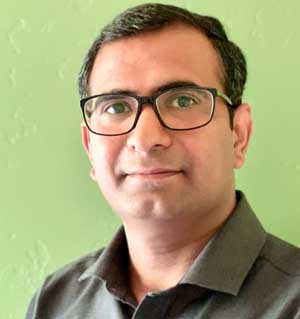
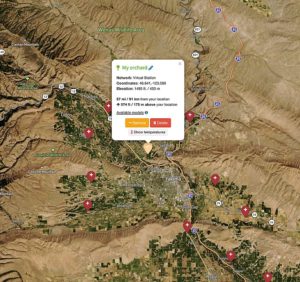





Leave A Comment